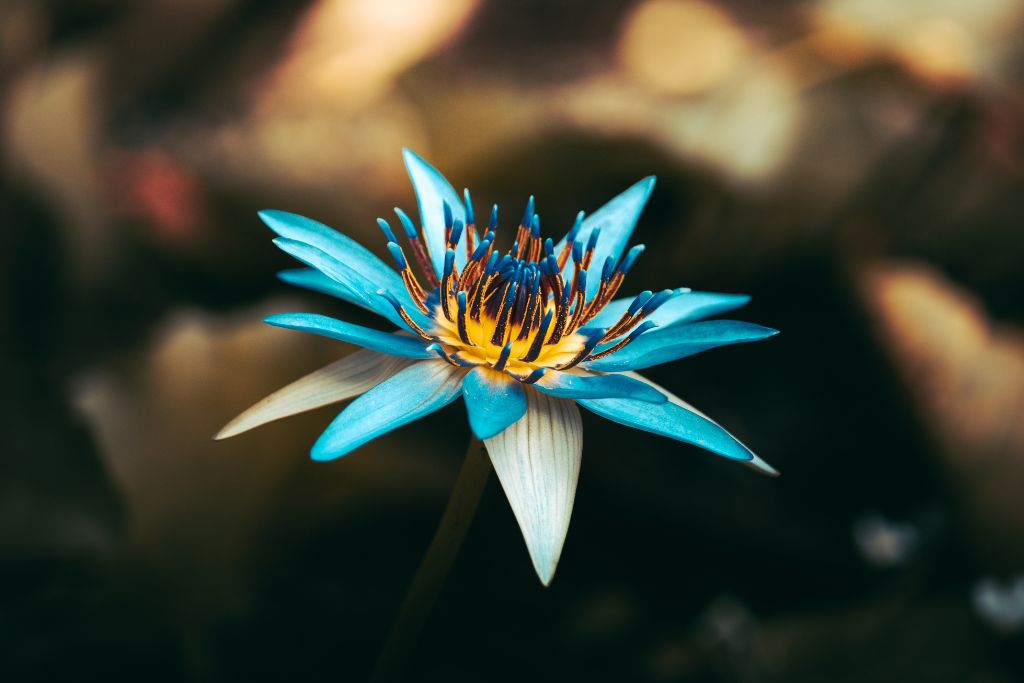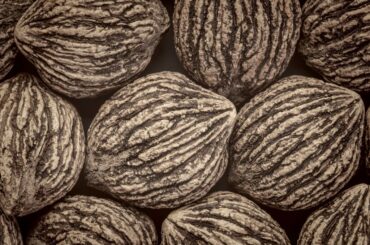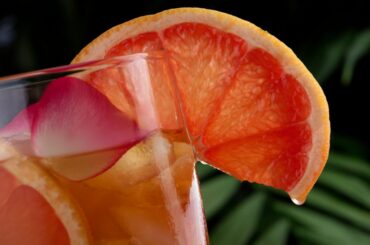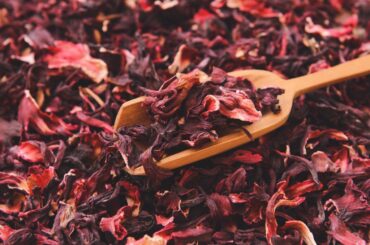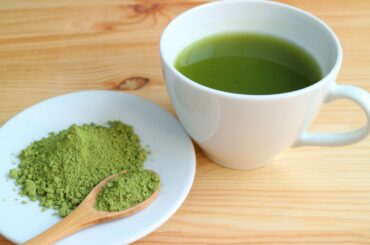Are you curious how to make blue lotus tea, a delightful and fascinating beverage with a long history? Ever wondered about the secrets of this ancient drink and how it can elevate your tea-drinking experience? What makes blue lotus tea unique compared to other herbal teas?
The blue lotus tea, also known as the “Blue Lily of the Nile,” has been treasured in various cultures. This is for its reported relaxation and mood-enhancing properties for thousands of years. It has been used in traditional medicine and spiritual practices. This makes it a genuinely captivating drink with a rich cultural heritage.
This “Blue Lotus Tea Recipe” article is perfect for you if you’re an adventurous tea enthusiast. If you’re looking to expand your tea repertoire or if someone seeking a natural way to unwind and relax, then this article is also perfect for you.
What is Blue Lotus Tea?
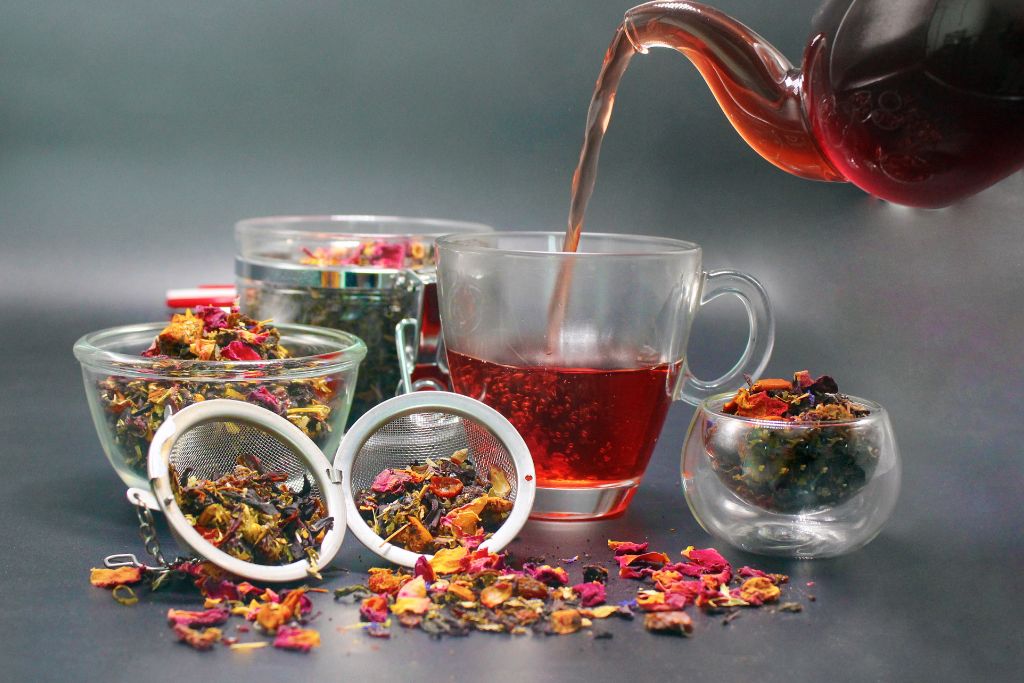
Blue lotus tea, or “Egyptian Lotus Flower Tea,” is a captivating herbal infusion derived from the blue lotus (Nymphaea caerulea) plant. This aquatic flower holds immense cultural and historical significance.
This beautiful flower has been admired for its spiritual and healing powers since Ancient Egypt. It’s often linked to calmness, relaxation, and heightened feelings.
Ancient Egyptian art and objects show the blue lotus. Its effects can still be felt today, especially in places where the plant grows naturally or is grown in a garden.
Blue lotus tea is crafted by steeping the dried flowers or petals of the blue lotus plant in hot water. This allows its alluring aroma and subtle flavor to infuse the beverage. This herbal tea is renowned for its calming and stress-relieving effects.
With its unique blend of floral and slightly sweet notes, blue lotus tea offers a distinctive taste that sets it apart from traditional teas. It entices tea enthusiasts and curious newcomers alike.
What Part of Blue Lotus is Used for Tea?
The main ingredient used in creating blue lotus tea is the dried flowers or petals of the blue lotus plant. These delicate and enchanting blooms are carefully harvested and dried to preserve their captivating essence.
This ensures the tea captures the full range of aromatic and therapeutic properties within the blue lotus. This unique ingredient forms the heart and soul of the tea. It infuses each cup with a mesmerizing blend of flavors and benefits cherished for centuries.
What Does Blue Lotus Tea Taste Like?
Blue lotus tea offers a genuinely unique and captivating taste experience. The flavor profile of this enchanting brew is often described as subtly floral. It hints of sweetness that delicately dances on the taste buds.
Imagine sipping a soothing infusion gently embracing you with a pleasant, slightly earthy undertone. This creates a sense of tranquility and relaxation with every sip. The tea’s aroma is enchanting, exuding a soft, inviting fragrance that enhances the overall sensory delight.
The taste of blue lotus tea is an invitation to a world of serenity. This makes it ideal for those seeking a peaceful and calming tea-drinking experience.
What is Blue Lotus Tea Good for?
Blue lotus tea offers a range of potential benefits that have been treasured for centuries. This captivating herbal infusion is known for its calming properties. These help to soothe the mind and promote relaxation. It is an excellent choice for those looking to unwind after a busy day or relieve stress and anxiety.
Additionally, blue lotus tea has been associated with potential mood-enhancing effects. This adds a touch of positivity and emotional balance to one’s day.
Blue Lotus Tea Ingredients
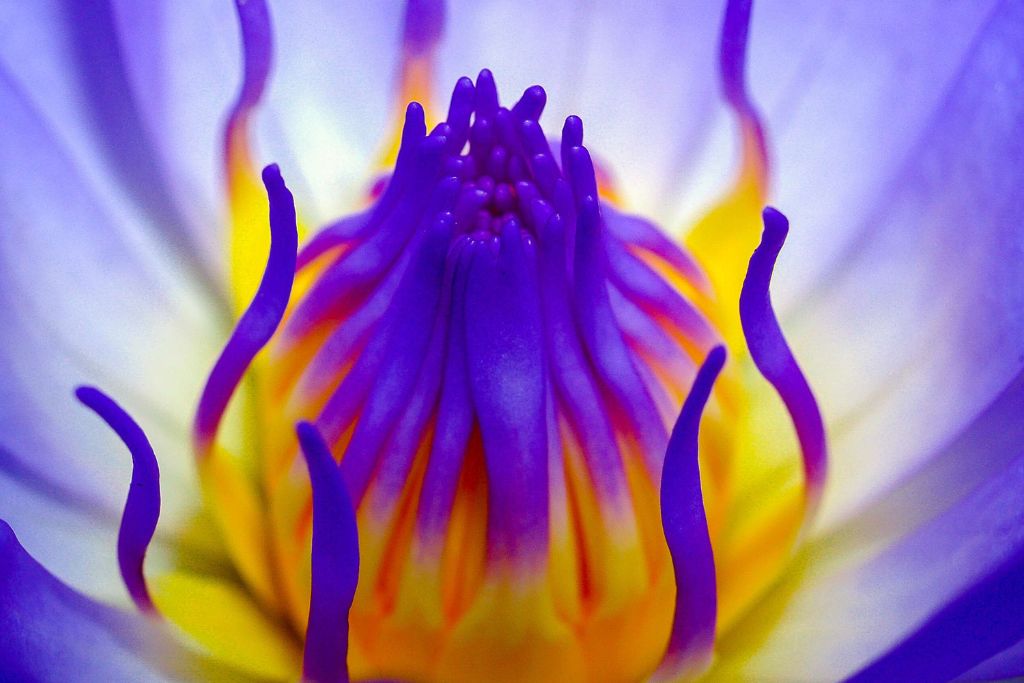
Let’s look at the simple yet essential ingredients for this delightful brew. The following numbered list provides a detailed guide to the ingredients needed to know how to make blue lotus tea:
Blue Lotus Flowers
The dried blue lotus flowers are the key ingredient that lends the tea its unique aroma, flavor, and potential benefits. Not only do they create a captivating visual display when steeped in hot water, but they also hold the essence of relaxation and tranquility.
Hot Water
High-quality hot water is the perfect medium to extract the beautiful essence of the blue lotus flowers. This creates a soothing and aromatic infusion.
Honey or Sweetener of Choice (Optional Ingredient)
You can add honey or sweetener if you have a sweet tooth or prefer sweetness in your tea. This is to enhance the tea’s taste and cut any potential bitterness. But adding sweetener is optional, as the tea can be enjoyed in pure form, highlighting the natural flavors of the blue lotus flowers.
How to Prepare Blue Lotus Tea Recipe
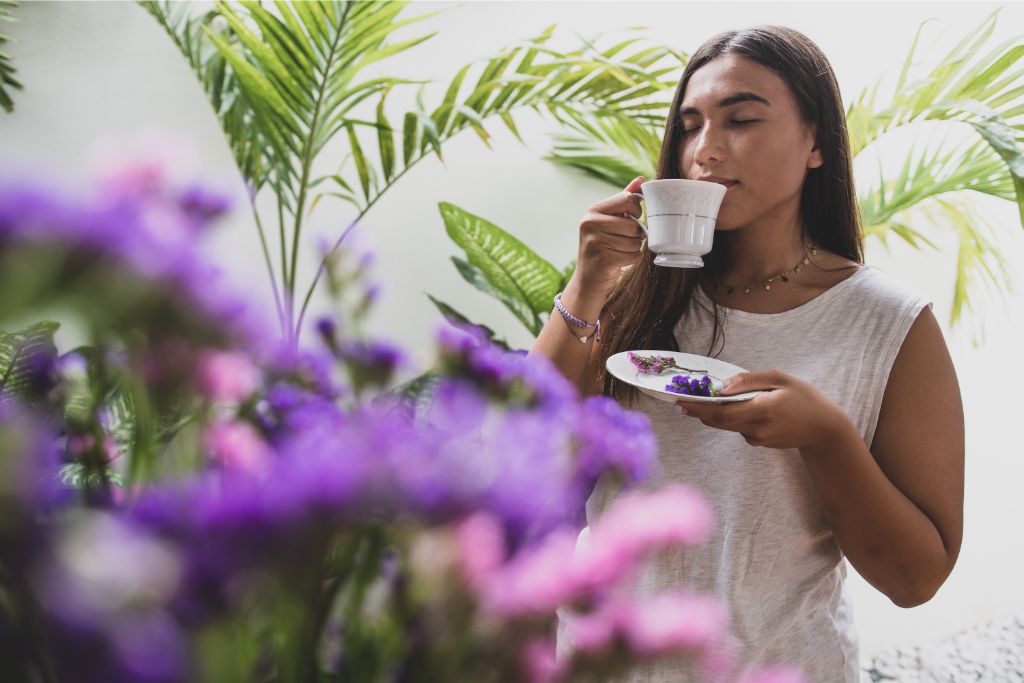
Preparing blue lotus tea is easy and fun, and it gives you the chance to enjoy this old drink’s calming and fragrant qualities. By following these simple steps, you can make a cup of blue lotus tea that not only tastes good but also takes you to a world of peace and old knowledge.
Measure the Blue Lotus Flowers
Begin by measuring your tea’s desired amount of dried blue lotus flowers. A standard recommendation is around 2 to 3 grams per cup of water, but feel free to adjust the quantity according to your preference.
Boil Fresh Water
Bring a pot of fresh water that has been purified to a boil. For the most authentic flavor, blue lotus tea must be prepared using water that has been well filtered.
Add Blue Lotus Flowers
Once the water reaches a gentle boil, place the measured blue lotus flowers directly into your teapot, tea infuser, or tea cup.
Pour Hot Water
Carefully pour the hot water over the blue lotus flowers, ensuring they are fully submerged. Allow the tea to steep for 5 to 10 minutes, allowing the flavors and aromas to infuse the water thoroughly.
Sweeten to Taste (Optional)
If you prefer a sweeter taste, you can add honey or your preferred sweetener at this stage. Remember that sweetness is optional and can be skipped for a more authentic and natural experience.
Strain and Serve
After steeping, use a fine mesh strainer or remove the tea infuser to separate the brewed blue lotus tea from the flowers. Pour the infused tea into your teacup and get ready to indulge in a moment of relaxation.
Tips for Making Blue Lotus Tea
Before you start making blue lotus tea, here are some tips to help you make a truly magical drink. If you follow these tips, you’ll be able to make a unique and interesting blue lotus tea.
Choose High-Quality Blue Lotus Flowers
Opt for premium-quality dried blue lotus flowers from a reputable source to enjoy the best flavors and benefits. Ensure they are free from contaminants and have been properly stored to retain their potency.
Experiment with Steeping Time
The steeping time can impact the strength and flavor profile of your tea. Feel free to experiment with different steeping durations to find your perfect balance, whether you prefer a milder taste or a more robust infusion.
Water Temperature Matters
While blue lotus tea is generally prepared with hot water, avoid using boiling water directly over the flowers, as excessive heat may diminish some of its delicate properties. Instead, let the water cool slightly after boiling it before pouring it over the flowers.
Enhance with Complementary Herbs
Add complementary herbs like chamomile, lavender, or lemongrass to your blue lotus tea blend for a unique twist. These herbs can enhance the overall taste and amplify the relaxing effects of your brew.
Mindful Tea Ritual
Embrace the art of mindfulness while making and enjoying your blue lotus tea. Take the time to appreciate the aroma, colors, and flavors, and create a serene ambiance to immerse yourself in the experience.
Personalize with Sweeteners
While the authentic blue lotus tea taste is exquisite, you can personalize your cup by adding honey, agave syrup, or any sweetener you choose. This addition can enhance the sweetness and offer a delightful contrast to the floral notes.
Experiment with Cold Infusion
You can enjoy blue lotus tea cold, as well. To create a refreshing iced version, brew the tea as usual and refrigerate it until chilled. Add ice cubes and a slice of citrus for a rejuvenating summer drink.
Storage and Freshness
Properly store your blue lotus flowers in an airtight container away from direct sunlight and moisture to maintain their freshness and potency for an extended period.
Blue Lotus Tea Nutritional Facts
Before indulging in the delightful experience of blue lotus tea, let’s explore its estimated nutritional facts based on typical serving sizes:
- Calories: 0-5 kcal
- Carbohydrates: 1-2g
- Protein: >1g
- Fat: 0g
- Saturated Fat: 1mg
- Cholesterol: 0mg
- Sodium: 1mg
- Potassium: 1mg
- Sugar: 1mg
- Vitamin: 0mg
- Calcium: 0g
Disclaimer: The approximate values depend on the number of blue lotus flowers and other materials utilized. Refer to blue lotus flower packaging or other components for correct information. Sweeteners and high-fat milk enhance tea’s calories and sugar.
Blue Lotus Tea Benefits
Discover the incredible benefits of blue lotus tea. This captivating brew provides more than a delightful tea-drinking experience. Incorporating blue lotus tea into your tea-drinking routine allows you to savor its pleasant taste and experience these potential benefits.
Relaxation and Stress Relief
Blue lotus tea is renowned for its potential to promote peace and alleviate stress and anxiety. The natural compounds found in the blue lotus flowers are believed to have soothing effects on the mind and body, helping you unwind after a long day and find a sense of tranquility.
Mood Enhancement
This exquisite tea is associated with potential mood-enhancing properties. Sipping on blue lotus tea may boost your spirits and uplift your mood, providing a calming respite from life’s daily challenges.
Sleep Aid
Blue lotus tea may offer a natural sleep aid for those struggling with sleep issues. The tea’s relaxation-inducing qualities can help prepare your mind for a restful slumber, making it an excellent choice for a calming bedtime ritual.
Spiritual Connection
Blue lotus tea has a history of being used in various spiritual practices. It is believed to aid in meditation and enhance one’s spiritual experiences, fostering a deeper connection with the self and the universe.
Antioxidant Properties
Blue lotus tea is a potential source of antioxidants, which help combat harmful free radicals in the body. These antioxidants may contribute to overall health and well-being, supporting your body’s natural defense against oxidative stress.
FAQs
Are There Any Side Effects with Blue Lotus Tea?
Yes, excessive consumption may lead to mild side effects. This could be dizziness, nausea, or gastrointestinal discomfort. It is advisable to start with a small amount and track your body’s response.
What Does Blue Lotus do to Your Body?
Blue lotus is believed to have potential calming and relaxation effects on the body and mind. It may help reduce stress, promote sleep, and offer mood-enhancing qualities. Some individuals also associate it with spiritual experiences during meditation.
What Happens When You Drink Blue Lotus Flower Tea?
When you drink blue lotus flower tea, the natural compounds in the flowers are extracted by hot water, creating a soothing infusion.
What Does Blue Lotus Taste Like?
Blue lotus tea offers a delightful taste profile with subtle floral notes and a gentle sweetness. Its unique flavor is often described as soothing, making it a captivating choice for tea enthusiasts seeking a serene tea-drinking experience.

